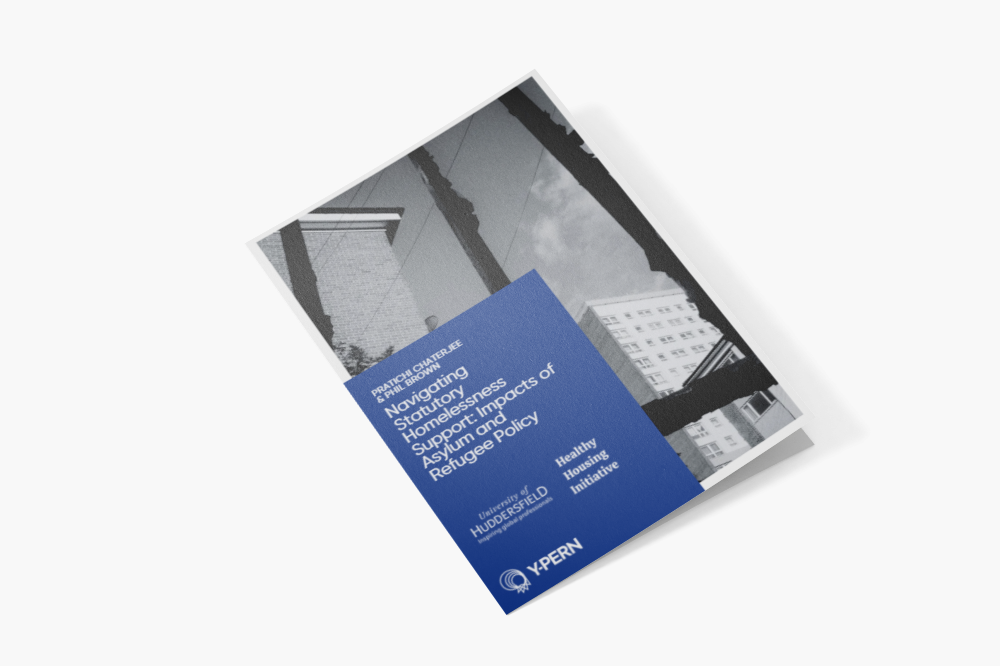Dan Olner is a Y-PERN Policy Fellow from the University of Sheffield who has been seconded into South Yorkshire Mayoral Combined Authority (SYMCA) to work alongside their officers.
We asked Dan to provide details of his work over the past few years during Y-PERN and SYMCA’s collaboration for a case study and to reflect on working within the Combined Authority and the success of an “embedded Policy Fellow model”.
DO “Being physically embedded in SYMCA’s Sheffield office has enabled a high level of day-to-day collaboration with policy teams. This has enabled a shift from thinking (somewhat patronisingly) about universities “transmitting expertise” into policy spaces to working alongside officers (who are themselves experts in their domains) to co-produce analysis and questions that support decision-making.
Physical presence and regular contact within SYMCA have been crucial. This has meant analysis can be shaped iteratively through conversations with officers, rather than being commissioned at a distance and delivered months later. As one fellow put it, “the policy environment changes massively faster than academia”. Being embedded allows us to work at that pace and adjust as priorities shift.
The following point is both a reason the embedded model is effective and also a challenge for it. The number of stakeholders is very large: SYMCA, four local authorities, two universities, consultants and other external organisations all bring different ideas, agendas and timelines. Y-PERN may have initially tried to position its fellows as brokers in this system, but the role is messier than that. It might be that Y-PERN Policy Fellows can act as bridges across academia and policy, but it is more likely that we are playing one small part in a larger process of dissolving the barriers between institutions in devolving regions, enabling more iterative and rapid “test and learn” collaboration.

This can make it difficult to clearly see what impact that role is having. For example, we organised some ‘policy forums’ with SYMCA and Sheffield’s universities. The first, in February 2024, focused on alternative approaches to urban economic development “Beyond GDP”, and how they are being interpreted and implemented in different city contexts. The session, led by Sheffield Hallam University colleague Richard Crisp, sparked a rich discussion about which concepts might actually work at a South Yorkshire scale. I summarised these themes in a blog post, linking national and international debates directly to local concerns. Those were an easy to measure outcome – but actually, I don’t think an especially a good example of Y-PERN doing what it does best.
Instead, consider these two examples from the last two weeks. A colleague from Sheffield University got in touch asking if anyone from SYMCA could guest lecture to their economics students. Not one but two senior SYCMA colleagues came. I also had a conversation with the deputy director of What Works Local Growth, who has a draft plan to deepen the links between data and evaluation. I collected them with various people, including the Yorkshire Engagement Portal run through YPIP.
Those kind of constant day-to-day interactions and linkages have a large impact but are rather under the radar. They also lead directly to more data and model outcomes – for example, a recent conversation with SYMCA’s GIS team should lead to Y-PERN-developed open economic data outputs being integrated into SYMCA’s own internal intelligence systems, in a way that will support Y-PERN in making it outputs as useful as possible to others.”
Read more about Dan’s embedded Policy Fellow role in our case study







